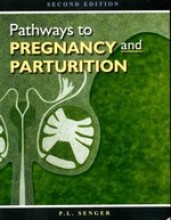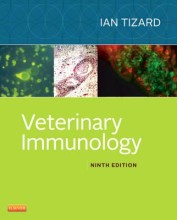Summary: Anu Important Things
- This + 400k other summaries
- A unique study and practice tool
- Never study anything twice again
- Get the grades you hope for
- 100% sure, 100% understanding
Read the summary and the most important questions on ANU IMPORTANT THINGS
-
1 Chapter 1 + 2
This is a preview. There are 24 more flashcards available for chapter 1
Show more cards here -
Essential amino acids
The animal can't synthesize it by itself -
What are the essential AA's
Simple monogastricts and non-ruminant herbivores: Lysine + Methionine
True carnivores: Taurine
Birds/fast growing animals/cats/dogs : Arganine -
Shortcomings proximate analysis
- The drying part is nog very specific because other components like ammonia and volatide fatty acids will disappear as well
- During incineration some minerals will be lost due to converting into volatile forms
- The Kjeldahl method is not specific -
Method of mineral analysis
- Spectroscopy that measures the radation of different minerals when heated
- Cations are the most important minerals -
2 Chapter 3
This is a preview. There are 50 more flashcards available for chapter 2
Show more cards here -
Non-structural carbohydrates digestion
- In the duodenum pancreatic enzymes are added to the feed and hydrolyse the carbohydrate
- This is also done by the enzymes in the brush border -
Structural carbohydrates digestion
- Cannot byhydrolysed by enzymes produced by mammals
- animals are dependent onmicrobial fermentation
- These microbes produce enzymes that canhydrolyse these carbohydrates -
Feedstuffs of animal origin
- Mostly higher in fat + protein concentration in DM than plant materials -
Why is ensiling applied to roughages?
- To prolong the storage time mainly for grasses and maize
- This is accomplished through lowering the PH of the feedstuff by lactic acid bacteria
- This prevents bacteria and other microbial growth
- For maize is it often difficult to harvest maize as a grain crop, therefore the plant is harvested as whole when the grains are not fully mature and then ensiled -> high qualility forage -
Pulses or legume seeds
- pea, common bean, soybean and peanut
- Rich in starch, lower compared to cereals
- Realtively high in protein, but deficient in AA's like methionine
- Rich in lysine
- Oil content is negligible except for soybeans and peanuts
- Fair source of P, but low in Ca
- Most of them containded NAFs -
Carbohydrate rich co-products
- high in energy
- important group:- milling co-products
- co-products starch industry
- Co-products alcohol fermentation/fermentation industry
- Higher grades + faster learning
- Never study anything twice
- 100% sure, 100% understanding






























